 Over the last three years, The Potter’s House Church of Dallas has seen significant growth in a very nontraditional way. While most churches measure growth by attendance in the sanctuary, The Potter’s House saw a huge increase in their online presence. Going from a platform that reached thousands online to one that reaches millions was a strategic, focused effort and opened up new ministry opportunities for the church. With this type of growth, the one question that we are often asked is, how did you do it? Well, let’s look at one of the most important initial steps we took.
Social Media, Internet Church, Internet TV, Mobile Apps and a myriad of other digital buzzwords are always thrown around when it comes to describing digital impact, but at The Potter’s House we started with our main platform, our ministry website. Our website was the most important online platform that we as a ministry had. Our internal research showed that up to 80% of our new visitors checked out our online properties first, more specifically our website. It was our largest welcome ministry, our largest information resources and the largest representation of the ministry. Our website spoke to people at times and in places no one else was speaking. The reason it was constantly speaking to people was that our website was made to be accessible, innovative, simple and practical.
Over the last three years, The Potter’s House Church of Dallas has seen significant growth in a very nontraditional way. While most churches measure growth by attendance in the sanctuary, The Potter’s House saw a huge increase in their online presence. Going from a platform that reached thousands online to one that reaches millions was a strategic, focused effort and opened up new ministry opportunities for the church. With this type of growth, the one question that we are often asked is, how did you do it? Well, let’s look at one of the most important initial steps we took.
Social Media, Internet Church, Internet TV, Mobile Apps and a myriad of other digital buzzwords are always thrown around when it comes to describing digital impact, but at The Potter’s House we started with our main platform, our ministry website. Our website was the most important online platform that we as a ministry had. Our internal research showed that up to 80% of our new visitors checked out our online properties first, more specifically our website. It was our largest welcome ministry, our largest information resources and the largest representation of the ministry. Our website spoke to people at times and in places no one else was speaking. The reason it was constantly speaking to people was that our website was made to be accessible, innovative, simple and practical.
One of the most innovative changes I have seen regarding websites in the last 10 years has been responsive design. Responsive design is a development style that creates websites that adapt to the device the user is on. Once the website is created, if a user is on a mobile phone, ipad or desktop computer, they are still able to use your website accordingly. This feature is very important because we are seeing many organizations design websites for desktop usage but people are increasingly viewing websites from mobile devices. Studies show that we are never more than 3 feet away from our mobile devices and we check them over 40 times a day, thus our mobile phones are the way we continually stay connected. As we checked our google analytics, we saw that our users we coming to our websites from their mobile devices more than traditional desktop computers and we had to make sure our websites could adapt to this shift in browsing behaviors. Additionally, we have created more engaging experiences online that mimic the social media experience. While people want to come to websites that are informative and educate people on what they were looking for, the customized engaging experience is one that allows people to stay on our site longer and helps us better understand what our online users are looking for in their online ministry experience.
We didn’t just want the external part of the website to be easy to use, we also wanted the internal (back-end) part to be easy to use as well. In order to complete this we moved all of our web platforms into content management systems (CMS). Wordpress is one of the best website content management systems available and with the numerous templates and add-ons, you can make some powerful websites that are innovative, responsive, engaging and impactful. But the best part with using a CMS is that multiple people can work on a website at the same time and make updates without being super technical. Content Management Systems provide the technical prowess for tech geeks like myself as well as the ease of use for nontechnical people like our admins who want to update a few words of text on the about-us page.
Overall, we find that the online experience and numerous platforms that we have created at our ministry are very effective in reaching people all around the world with the gospel. But we have realized that the most important digital platform that we have is our website and we want to make sure it represents the ministry with excellence and gives people the best experience online.
